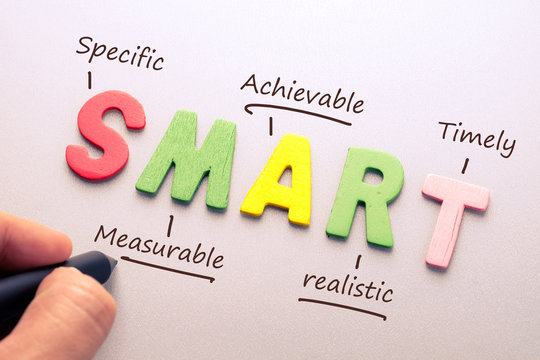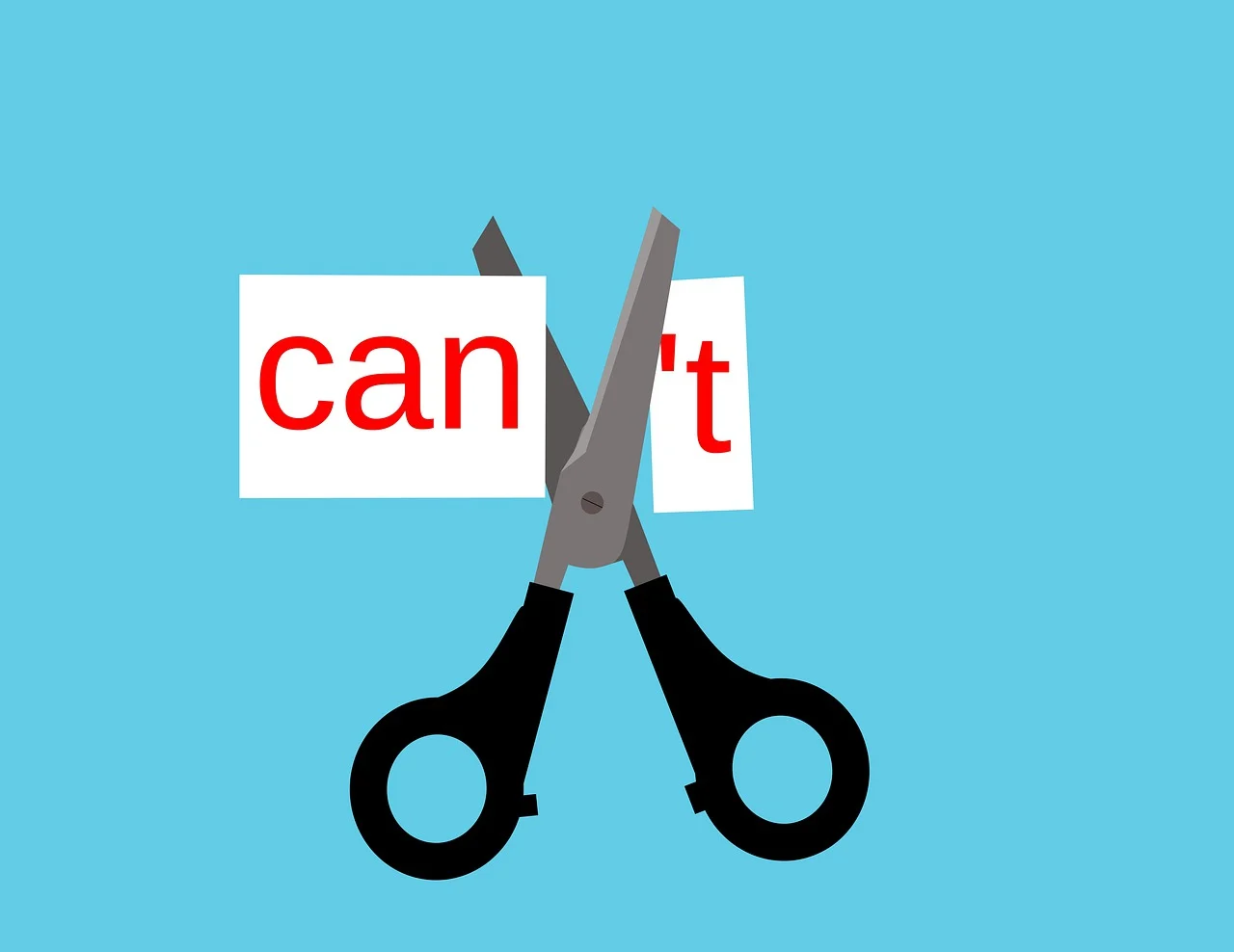Change is a complex and multifaceted process. It is seldom linear and often accompanied by setbacks, progress, and periods of stasis. To better understand this dynamic, Dr. James Prochaska, a clinical psychologist, developed the Transtheoretical Model (TTM) of behavior change. This model outlines six distinct stages individuals typically move through when implementing significant changes in their lives. These stages apply across a range of behaviors, from health-related actions like quitting smoking or adopting a new exercise routine, to psychological and interpersonal changes such as setting boundaries or managing stress.
For individuals navigating midlife transitions—particularly in Western contexts where identity, health, and roles often shift—this model can offer a helpful framework for self-reflection and intentional growth. Recognizing one’s place in the cycle of change can cultivate self-awareness, reduce self-criticism, and foster sustainable progress.
Stage 1: Precontemplation
In the precontemplation stage, the individual is not yet considering change. This may be due to a lack of awareness, denial of the problem, or feelings of resignation. External feedback from family, friends, or healthcare professionals may be dismissed or rationalized.
Example: Someone experiencing chronic fatigue might attribute it solely to aging rather than consider underlying lifestyle factors such as poor sleep hygiene or a lack of physical activity.
Supportive strategies: Exposure to information, hearing personal stories from others who have successfully changed, and engaging in reflective dialogue can help increase awareness and gently challenge existing beliefs.
Stage 2: Contemplation
In this stage, individuals become aware that a problem exists and begin to seriously consider making a change. However, they remain ambivalent and may feel overwhelmed by the potential effort required. This stage is characterized by weighing the pros and cons of change.
Example: An individual might think, “I recognize that my current lifestyle is affecting my health, but I don’t know where to start,” or “I want to explore new career opportunities, but the risks seem high.”
Supportive strategies: Journaling, exploring hypothetical scenarios, consulting with professionals, and gathering information can help reduce uncertainty and clarify values and motivations.
Stage 3: Preparation
Here, the decision to change has been made and individuals begin gathering resources, developing a plan, and taking initial steps. Though full-scale change may not have occurred yet, intention and early momentum are evident.
Example: Purchasing workout gear, identifying a therapist, or researching community classes.
Supportive strategies: Set SMART goals, build a support network, and anticipate obstacles to strengthen confidence and readiness.
Stage 4: Action
In the action stage, individuals actively implement new behaviors. This requires considerable commitment and often brings noticeable changes in routine, identity, and relationships.
Example: Attending regular fitness classes, enforcing personal boundaries, or following a structured daily routine.
Supportive strategies: Celebrate milestones, track progress, seek professional or peer support, and normalize setbacks as part of the process.
Stage 5: Maintenance
In this stage, the focus is on sustaining progress and integrating the change into one’s everyday life. Though relapses can occur, coping mechanisms are more developed.
Example: Someone exercising regularly now sees it as part of their identity and non-negotiable self-care.
Supportive strategies: Keep monitoring goals, revisit motivations, and stay connected to sources of encouragement and accountability.
Stage 6: Termination or Transformation
Initially termed “termination,” this stage is increasingly referred to as “transformation.” At this point, the new behavior is fully integrated, and there is little temptation to revert to old patterns.
Supportive strategies: Encourage self-reflection, practice gratitude, and give back by mentoring others. Embrace ongoing growth as a lifelong process.
The Nonlinear Nature of Change
The Transtheoretical Model recognizes that progress is not always forward-moving. Many people revisit earlier stages before achieving sustained change. This spiral nature highlights the value of patience, reflection, and resilience.
For those in midlife or experiencing life transitions, understanding this ebb and flow can provide perspective and reduce discouragement during inevitable plateaus or setbacks.
Conclusion
Dr. Prochaska’s Stages of Change offer a meaningful lens through which to view transformation. This model honors the psychological complexity of change while offering actionable strategies for every phase.
Whether you’re just beginning to question your habits or solidifying a new direction, knowing where you stand can clarify your next step. And most importantly, it can cultivate compassion—for yourself and others—as you grow.
In a culture that often prioritizes rapid results, the Transtheoretical Model is a gentle reminder: real change takes time, reflection, and the courage to evolve.






